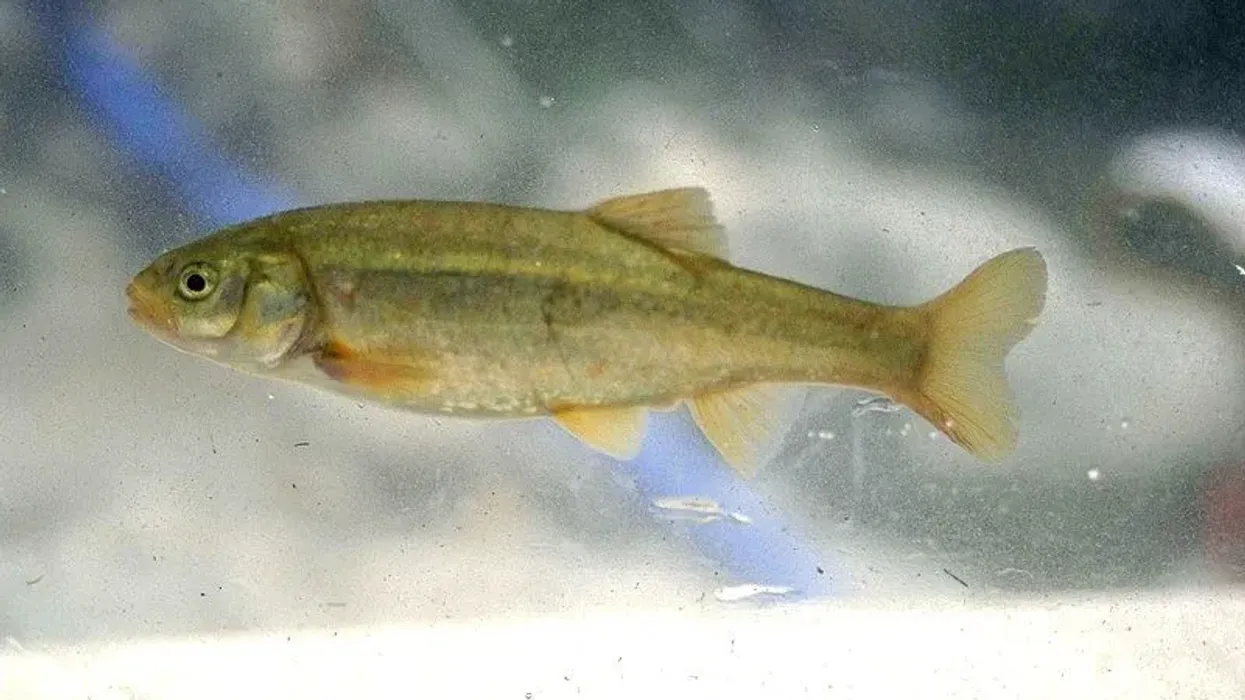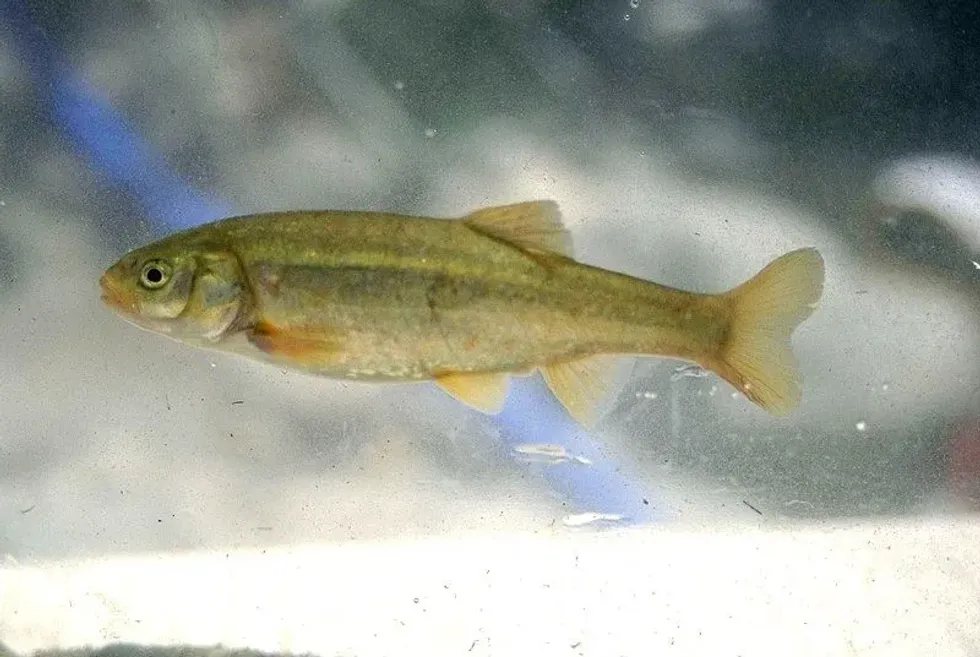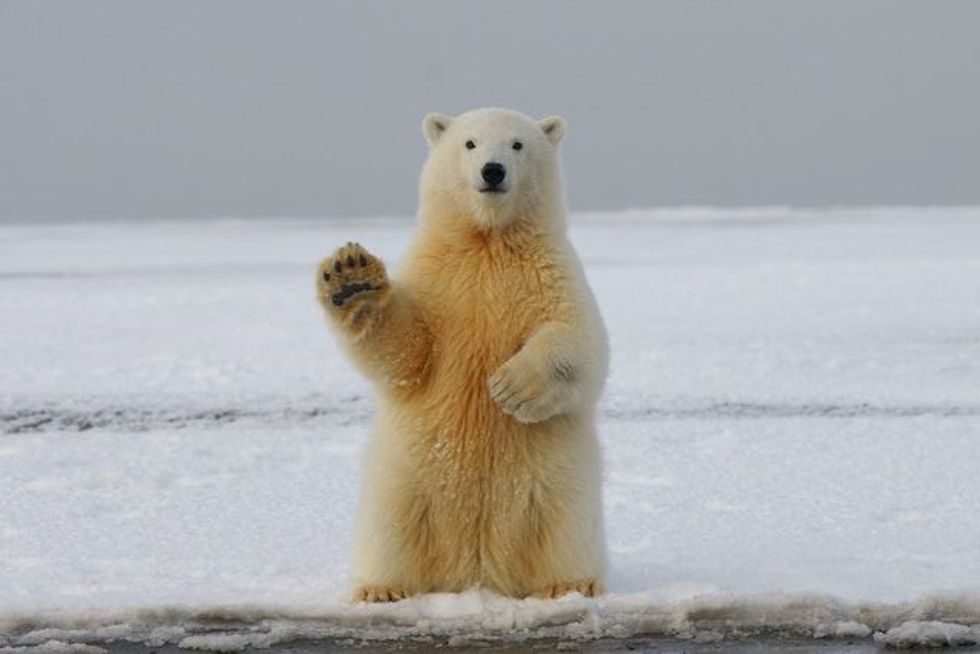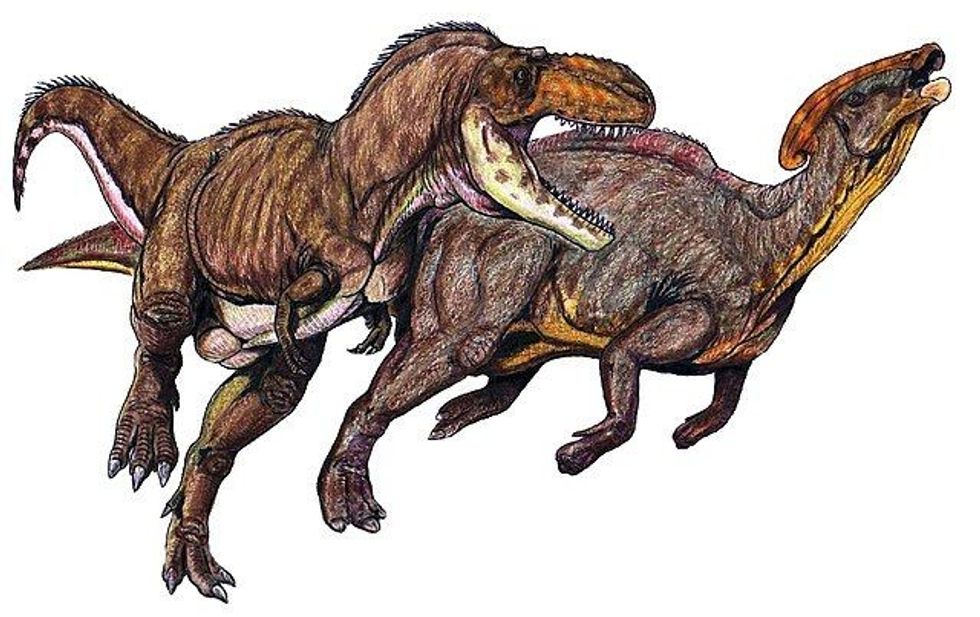The chub is a popular fish species that resides in freshwater bodies and is a bottom dweller. The common chub, or the European chub, is endemic to the European regions of the world.
The term 'chub' was initially used for a thick fish species which was used as bait which is exactly what such a fish is used for, to catch bigger fish or for the purpose of human consumption.
Certain chub species are raised in aquariums and in small-sized tanks. They are considered larger than minnows however they are accommodative towards various environments.
These fishes cannot tolerate extreme heat or similar climates and need an appropriate climate to survive. This fish was introduced to Italy and Ireland however, they are scarcely found in these regions.
Apart from predators, other major threats that this species faces include pollution when plastics and chemicals are released into water bodies without treating them. They are prone to die from metal pollution as young fishes contain particularly high levels of metal contaminants.
For more relatable content, check out our facts about plaice and the firemouth cichlid.
Chub Interesting Facts
What type of animal is a chub?
Chub is a fish that belongs to the kingdom Animalia, order Cypriniformes and phylum Chordata.
What class of animal does a chub belong to?
Chub is a fish that belongs to class Actinopterygii, family Cyprindae and genus Squalius.
How many chubs are there in the world?
The exact population of chubs is not known, however, they are classified as a Least Concern species by the IUCN Red List. Bristlemouths or light fishes are the most commonly found fishes in the world. Chubs are majorly affected by pollution and this could lead them to become endangered over time if their habitat is not sustained.
Where does a chub live?
A chub lives in sandy pools, small rivers, creeks, and streams. They are seen in countries including Europe, Great Britain, and Finland.
What is a chub's habitat?
A chub's habitat constitutes gravelly, sandy pools of headwaters, creeks, and small rivers. They don't like waters with a strong flow and prefer staying by themselves. They don't enjoy being in the presence of other fish.
Who do chubs live with?
Chub adults tend to be solitary, however, they do come together for mating. They are territorial and do not welcome other species in the water body. Sometimes, creek chub and other fishes are adopted as pets and are accommodative towards residing with people.
How long does a chub live?
A chub's lifespan is estimated to be seven years. The oldest fish that lived was a female Greenland shark who was estimated to have lived up to 400 years.
How do they reproduce?
Male and female chubs reproduce through spawning. Males begin the breeding season by digging a pit in the flowing stream by pushing stones with their heads or by using their heads.
They stand guard over the pit and attract possible female mates in the meantime. Spawning occurs over the pit and the eggs fall among the rocks.
The male chub covers the eggs with stones then digs another pit near the first for the young fry to work their way up between the spaces of stones. Males defend the nesting territory.
What is their conservation status?
The chub is classified as a Least Concern species by the International Union For Conservation Of Nature IUCN Red List of Threatened Species. The IUCN Red List contains information relating to the status of various animals.
Chub Fun Facts
What do chubs look like?
A chub is a small to medium-sized fish with a small black spot at the base of the upper dorsal fin which is a small, black spot and the centerline meets the tail. These fishes have a pointed snout with the upper lip wider than on either side and two eyes on either side.
They have an olive-brown color above and a dark stripe along their back, a silvery-white belly. They have dorsal fins and a tail. They have a streamlined body and are capable of growing great quickly.

How cute are they?
A chub fish is not exactly a cute species however it is an exotic species and unique in appearance, color, and pattern. They can be found easily near rivers and other water bodies. They are largely bottom dwellers, so it's difficult to spot them on the surface of the water.
How do they communicate?
Fish are effective communicators. They communicate via sound, signals, pheromones, and body language. The sound however is not heard by humans. When adopting certain fish as pets, they are capable of recognizing their owners over a period of time.
How big is a chub?
The chub fish (Squalius cephalus) is up to 2 ft (60 cm) in length which is much bigger than the dwarf minnow, measuring 0.40 in (10.3 mm) in size.
How fast can a chub swim?
Chubs are capable of swimming at stable speeds. Sailfish are considered the fastest fish in the world and can travel at speeds of 70 mph (112.6 kph).
How much does a chub weigh?
A chub weighs 15-18 lb (7-8 kg). The chub is a slow-growing species and can take almost six to 10 years for a chub to reach a pound in weight.
What are the male and female names of the species?
A male and female chub are not addressed differently even thought they differ in reproductive functions. Creek chub males grow faster compared to females. A female creek chub is known to lay eggs in multiple pits.
The common chub has similar characteristics to the creek chub. The creek chub varies slightly in coloration and pattern. Fish like the creek chub and the common chub are caught for sport and used as bait to catch bigger fishes as well as consumed by humans.
What would you call a baby chub?
A baby chub fish is called a fry. The fry develops by itself without any assistance from the parents. Males are most involved in building nests and ensuring the eggs are protected but they too leave once the breeding season is over.
What do they eat?
Chub fish are primarily carnivorous and feed on small fish like neon tetra, insects, mollusks, and worms. They predominantly feed on commonly available creatures in the water body and are efficient predators.
Are they dangerous?
No, this chub species poses no threat to humans. Chubs are however in turn impacted by human activity such as pollution of water bodies. Untreated chemicals and plastic content affect the sustenance and number of populations majorly.
Would they make a good pet?
The Squalius cephalus is a small to medium-sized fish and it's common to see the creek chub being kept as a pet however, the common chub is not a popular pet. Chub fish are easy to take care of and require an appropriate tank size so they do not have to compete with other species.
They are fed dried shrimp mostly. The Squalius cephalus is seldom seen as adopted pets.
Did you know...
The Atlantic cod is an endangered fish that is now listed under threat. It was popularly consumed by people in the mid '90s however, it's not consumed any longer. Other endangered fish include the Atlantic bluefin tuna and the southern bluefin tuna.
Endangered fish, if not protected, can become extinct over time which can affect the ecosystem. An Endangered Species Act was passed in 1973 in the United States. This Endangered Act is aimed at protecting threatened animals.
There is a fish river in Namibia. It is a popular spot and is the longest interior river in Namibia, 404 mi (650 km) in length.
Western chubs are fish that belong to the genera Gila, and endemic to the United States and Mexico. The Gila genera are one where several species are endangered. Other species of chubs like the humpback chub also belong to the Gila genera.
Why are chubs called chubs?
The term 'chub' was initially used for a thick fish species which was used as bait which is exactly what such a fish is used for. Smaller fish are used to catch bigger fish or for the purpose of human consumption.
Chubs are also addressed by their common names including rudderfish, the European chub, or simply chub. The term 'chub' is a common term for people who are lazy. They may be addressed by various local terms in regional languages as well.
What fish eats chubs?
This species of fish has a number of predators including humans, bigger fishes like sharks and whales, and birds including hawks, eagles, and falcons. The number of predators increases owing to their size and the quality of their meat. They are used as bait while fishing and also consumed in large numbers.
Here at Kidadl, we have carefully created lots of interesting family-friendly animal facts for everyone to discover! Learn more about some other fish from our pilchard facts and sandbar shark facts pages
You can even occupy yourself at home by coloring in one of our free printable spotfin chub coloring pages.









